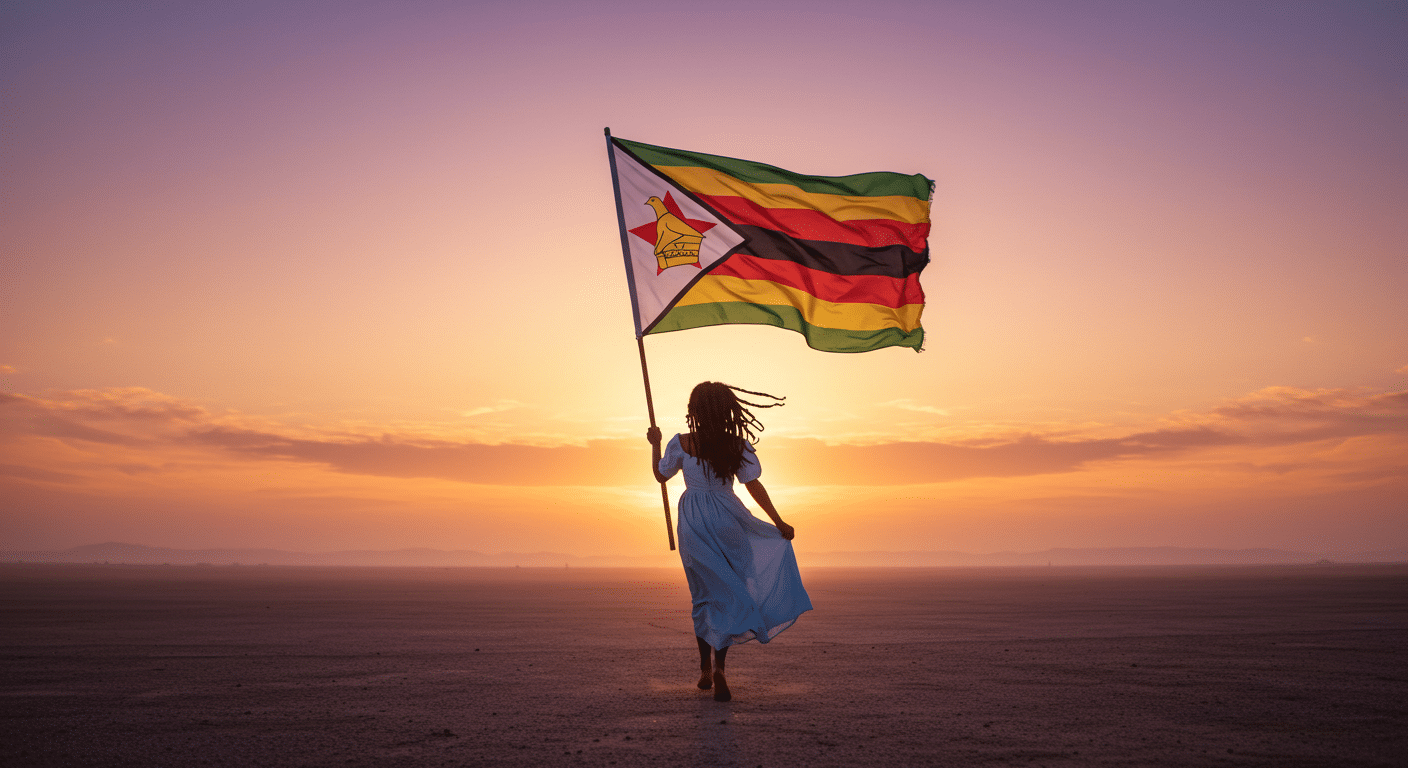Insights | Article
Can a Symbol Unite a Nation?
By John Murinye

National symbols hold immense power. They represent shared history, values, and aspirations. Around the world, flags, emblems, and anthems have played a crucial role in shaping national identity — fostering unity even in times of turmoil.
For some nations, the flag stirs pride. For other, a national emblem evokes deep sentiment. In our case, it seems our symbols often exist in the background, acknowledged but not necessarily cherished.
Do Zimbabweans feel an emotional connection to their national symbols?
The relationship with national symbols in Zimbabwe is complex. Decades of political and economic instability, coupled with social divisions, have created a sense of disillusionment and eroded national unity for many citizens. The national symbols, originally intended to represent the collective identity and aspirations of the nation, have become entangled in the complexities of the country’s past and present struggles. Additionally, the history of colonialism and the fight for independence have left a legacy of unresolved issues and differing perspectives, making it challenging to forge a unified national narrative. As a result, many Zimbabweans find it difficult to connect with the current symbols, viewing them as detached from their lived experiences and aspirations for the future.
But does a country need to be perfect for its people to be united?
History shows us that unity doesn’t arise from perfection. Nations worldwide have rallied around symbols despite internal struggles, using them as beacons of hope, not reminders of division. The South African flag became a powerful emblem of reconciliation after apartheid. Barack Obama’s campaign logo became a unifying symbol, rallying people around the cause of hope and change. The simplicity and optimism embodied in the logo’s design transcended political divides, uniting supporters from various backgrounds in a shared vision for the future. Similarly, the Canadian maple leaf evolved into a unifying symbol despite the country’s cultural and linguistic differences.
This is where “Symbols of Hope” comes in. It’s not just about redesigning Zimbabwe’s national identity — it’s about awakening an emotional connection to it. By reimagining our symbols, we are reclaiming our narrative, shaping a future where Zimbabweans, regardless of background, can feel a sense of ownership and pride in their country.
Can a symbol unite a nation? It has before, and it can again. The question is — are we ready to believe in that possibility?
Discover more in the full Editorial Case Study.
Don’t Sell Emotions.
Sell Emotions, Not Products. This is a drastically flawed philosophy — that will, in the…
Your Brand Messaging
The need for your brand identity to communicate, both consistently and distinctly, is…
When Should You Rebrand
A rebrand can be cosmetic. But the ones that last — the ones that move people and markets…